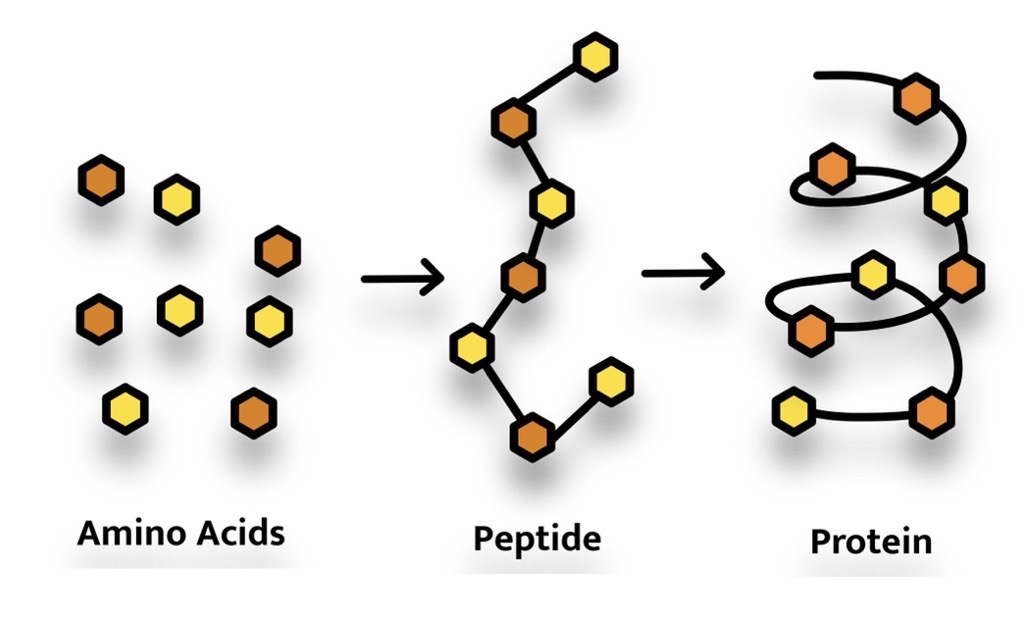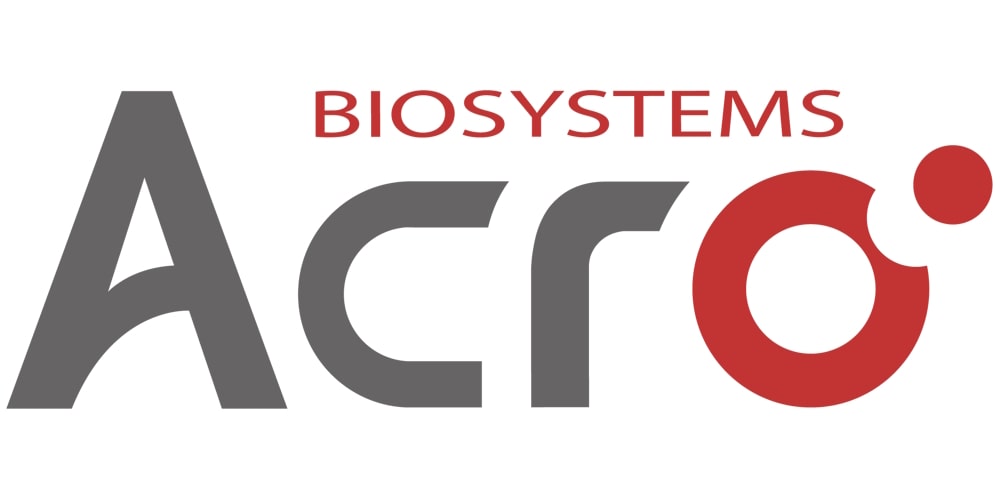Proteomics
High-quality proteins are essential tools for scientific research. Used as functional biomolecules to support cell growth, as antigens during antibody production, and as positive controls for techniques such as Western blotting or ELISA, proteins support a multitude of applications.
Proteins constitute the building blocks of life, and proteomics studies them. Proteins perform all functions in living organisms, from structural support to enzymatic reactions. The proteome is a collection of all protein molecules that exist in an organism at any given time. It contains information about the molecular composition and structure of cells and tissues as well as their function. Proteins are essential for the functioning of all body systems [1]. They are involved in many processes like digestion, growth, immunity, and reproduction. Proteins also help to maintain a healthy immune system and protect against infections. Proteomics also covers topics including both antigens and antibodies which can both be found in our focus areas pages alongside many other interesting topics.
Amino Acids, Peptides and Proteins
Amino Acids - Amino acids are classified into two groups: branched-chain amino acids (BCAA) and non-branched chain amino acids (NBA). The BCAA group is made up of leucine, isoleucine, and valine; while the NBA group consists of alanine, arginine, and histidine.
Peptides - The peptide is a small molecule that helps in enhancing the immune system response by stimulating T-cells and other cells involved in immunity against pathogens such as bacteria, viruses, or fungi. The peptide also acts on dendritic cells which help in triggering an immune response against pathogens.
Protein - Each chain has a unique sequence of amino acids that is repeated many times over at regular intervals along the length of each chain (called secondary structure). This repeating pattern gives proteins their shape and allows them to perform different functions within cells.

Peptides
Peptides are a class of compounds that are comprised of amino acids. A peptide is an oligomer, meaning it has two or more monomers, a monomer is a molecule that can react with other molecules to form polymers. The bonds between the monomers in a peptide chain form a repeating structure. Peptides can be linear or branched and can have any number of branches. They can also be cyclic, meaning they repeat themselves after one round around the ring formed by the bond between their monomers. Peptides are smaller than proteins and, when used as therapeutic agents, have fewer side effects because they do not interfere with the body’s normal functions. They possess unique properties and functions which make them ideal candidates for therapeutic use, one of the major characteristics that make peptides so perfect for this is their high activity, specificity and affinity resulting in minimal drug-drug interaction as well as a wide range of biological and chemical applications in the body [2].
Peptides are naturally found in our body, where they perform many essential functions. Examples of peptide hormones include insulin, glucagon, and glucagon-like peptide 1 (GLP-1), which are involved in regulating blood glucose; ghrelin and peptide tyrosine tyrosine (PYY), which are important to control appetite; and bradykinin, which plays a key role in governing blood pressure. Other naturally occurring peptides include the antimicrobial bacteriocins and microcins; and the lytic peptide melittin, a major component of bee venom that has been studied for its potential utility as an anti-cancer agent [3,4].
Recombinant Proteins
Through the use of recombinant DNA technology, recombinant proteins can be produced. The genes that code for the protein can be obtained from any organism, including bacteria and plants. Once the gene is inserted into an appropriate vector (a piece of DNA that is capable of replicating itself in a bacterial cell), it can be introduced into cells to produce large quantities of the protein, the most widely used host for this process of recombinant protein synthesis is E. coli (Escherichia coli) due to its high expression and quality protein synthesis. Recombinant proteins have been used as drugs, but they also have many other applications such as medical diagnostics and food production. The most common type of recombinant protein is one synthesised by inserting genes from different organisms together to make new proteins with novel functions. For example, human insulin was first produced in yeast and then later in bacteria.
The use of recombinant proteins has a plethora of advantages including advances in purification technologies and cloning which opens a whole range of other opportunities for the future. In addition, is that it provides the capacity to engineer desirable features into the protein. Tags may be introduced to facilitate protein purification or detection, or the protein may be modified in some way to improve solubility or bioactivity.
2BScientific Limited is passionate about ensuring that customers get the precise, required product and have a friendly and knowledgeable team ready to answer any technical queries. We have a wide range of proteomics products including recombinant antibodies, antigens and PCR-related products.
2BScientific proudly presents our focused suppliers! Aviva Systems Biology, BioXCell, Cosmo Bio, LSBio MabTech, Vector are all suppliers partnered with 2BScientific to ensure a comprehensive range of products is available to its customers. These suppliers are consistently and reliably providing a range of recombinant proteins as well as other biological products that may be relevant to this topic.



